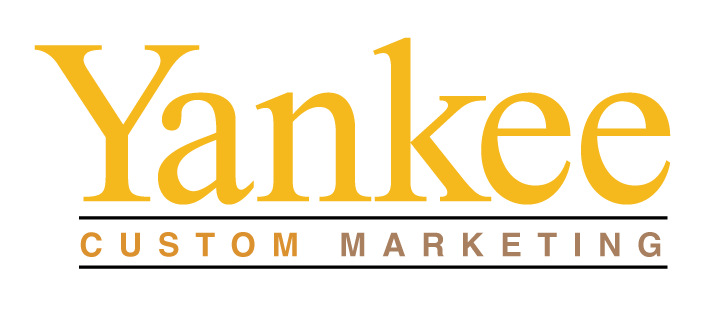If you’ve been on any type of social media platform with influencer advertising, you’ve come across multimedia storytelling. This type of storytelling is lush, and provoking, and it provides a significant amount of information with a lot of visual and auditory stimuli. Utilized by both small-scale creators online and multi-billion dollar outlets, multimedia storytelling is the advertising wave of the future.
Take a look at how your business can use multimedia storytelling to draw in an audience and convert them into engaged customers.
What Is Multimedia Storytelling?
Multimedia storytelling uses nonlinear narratives and multiple types of content to convey a single story with as much information as possible. An example of multimedia storytelling would be a video of a person talking about a subject, with video or photos in the background that are related to the subject at hand or perhaps slightly tangential to it.
Multimedia storytelling’s variety of media types include but are not limited to:
- Video
- Text overlay
- Images
- Graphics
- Slideshows
- Interactive elements (often exploring related topics)
These elements are included and complementary rather than simply repeating the same story as the primary narrative. A simple example would be a narrator explaining how to complete a DIY project while visual media shows the steps. This appeals to a broad audience, as some people learn better by seeing and some by being told how to do a task.
Components of Multimedia Storytelling
Text
Text provides the foundation for most multimedia storytelling; for customers who prefer to read at their own pace, it’s a device, and it works as scaffolding for the rest of your media.
Visual Elements
Videos, GIFs, images and graphics are all engaging tools to keep the attention of your audience. With short-form video dominating most social media, layers of engagement keep people interested and watching, and most importantly, converting into sales.
Audio Components
Narration is the simplest and most common form of multimedia auditory elements, but audio can be incorporated in many different ways, such as music over an image montage.
Interactive Components
Interactive elements encourage more engagement with clickable maps, quizzes, links to other videos, surveys, and so on.
Why Your Business Might Be Missing Out
It is well known that attention spans are dwindling; short-form video is dominant for a reason. People want the most information or the most entertainment you can provide, and multimedia storytelling provides both, as well as:
- Enhanced engagement by capturing multiple senses: It can hold people’s attention longer, and more importantly, faster.
- Improved comprehension of complex ideas: DIY instructions, for example, can be conveyed better through multiple simultaneous and complementary sources of media.
- More profound emotional connection: Photos, narration and video are all great, but when set to the perfect soundtrack, they are transformed.
- Increased shareability through viral potential: Multimedia storytelling is extremely popular and more likely to be sent among peers.
- Differentiation from competitors: Stand out with high-quality media.
Implementing Multimedia Storytelling
We live in an age where social media engagement is absolutely critical for a thriving business online. Multimedia storytelling is a powerful tool that can help you stand out from the pack.
Incorporating it within your marketing is relatively easy, at least in the broad strokes:
- Identify your story: Start at the start, letting people know the key components of your brand and the product or services you provide.
- Choose appropriate media: Understand where you are going to be sharing your media and how to engage the people who are there to consume it.
- Create a storyboard or outline: Plan how all of your various elements will interact to create a cohesive narrative that complements each part.
- Perform quality control: Do not cut corners; invest in content creation, software, marketing, and guidance that truly elevates your message and your end product.
- Optimize for different platforms: Ensure your multimedia story is accessible across platforms and devices, ensuring that your story performs just as well on websites and apps, and on computers and mobile.
Multimedia Storytelling Is Critical for Marketing Online
Multimedia storytelling offers an engaging and powerful way for your stories and your product to resonate with your target audience. It is evocative and complex, layering multiple senses and methods of engagement to quickly grab and then hold the attention of your customers.
If you are interested in multimedia storytelling but don’t necessarily have the ability to implement it yourself, Yankee Custom Marketing is here to help. Our team can help you build multimedia storytelling projects from the ground up. YCM creates content custom-tailored to your brand, providing up-to-the-minute analytics on conversion and engagement, and so much more.
We take pride in elevating the marketing strategies of other businesses, and our success stories speak for themselves. Contact us today if you’re ready to take your marketing — and your business — to the next level.

